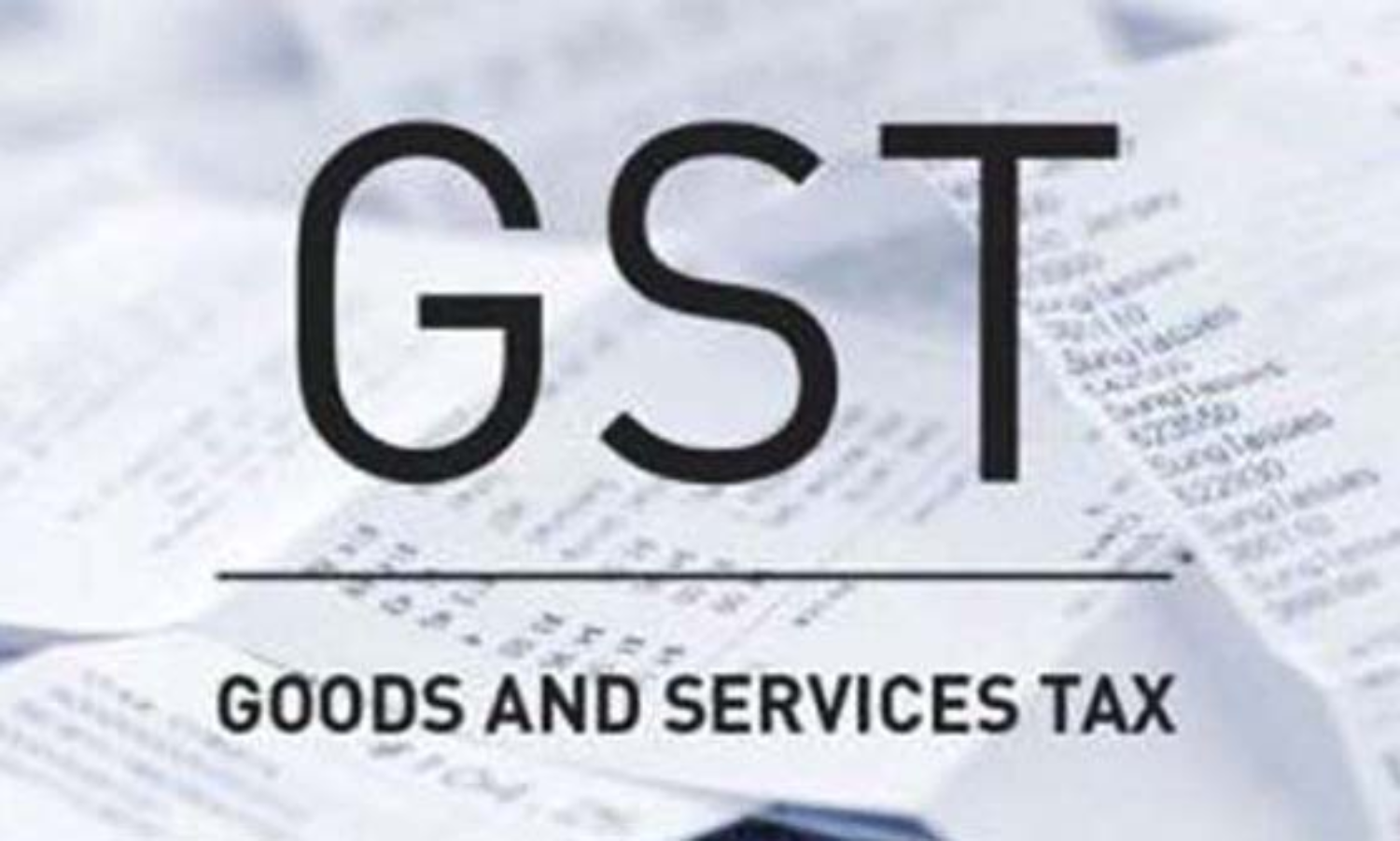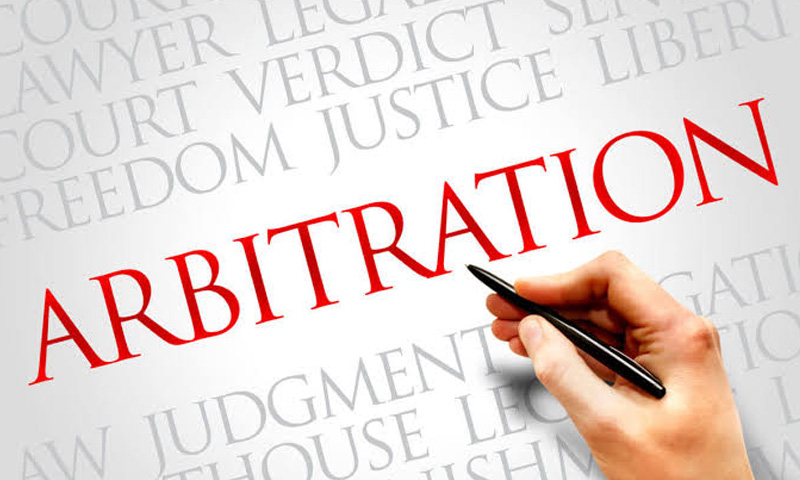Electronic Credit Ledger Can Be Blocked Under GST Rules 2017 Only If Credit Balance Is Available: Gujarat HC Orders Authorities To Refund ₹20L

The Gujarat High Court has recently held that the power prescribed under Rule 86A of the GST Rules 2017 to block an electronic credit ledger can be exercised only when there is availability of credit in such ledger, alleged to be ineligible."Condition precedent for exercise of power under Rule 86A of the GST Rules is the availability of credit in the electronic credit ledger which is...
The Gujarat High Court has recently held that the power prescribed under Rule 86A of the GST Rules 2017 to block an electronic credit ledger can be exercised only when there is availability of credit in such ledger, alleged to be ineligible.
"Condition precedent for exercise of power under Rule 86A of the GST Rules is the availability of credit in the electronic credit ledger which is alleged to be ineligible. If credit balance is available, then the authority may, for reasons to be recorded in writing, not allow the debit of amount equivalent to such credit. However, there is no power of negative block for credit to be availed in future," observed Justice JB Pardiwala and Justice Nisha M. Thakore.
Background
Rule 86-A empowers the Commissioner or an officer authorised by him in this behalf not below the rank of an Assistant Commissioner, having reasons to believe that credit of input tax available in the electronic credit ledger has been fraudulently availed or is ineligible, to not allow debit of an amount equivalent to such credit in electronic credit ledger for discharge of any liability under section 49 or for claim of any refund of any unutilised amount.
The Court was hearing a petition under Article 226 seeking the writ of mandamus directing the Respondent-authority to withdraw the negative block of the electronic credit ledger of the Petitioners/Applicant, a private limited company engaged in the manufacture and sale of MS Billets.
The Applicant claimed that in September 2021, when it attempted to file the return, there was no credit balance in the electronic credit ledger. Further, the portal showed that the electronic credit ledger had been blocked by Respondent No 2. A negative balance was also entered in the ledger by Respondent No. 2. Owing to this negative balance, the Applicants would file return for the month of September by claiming input tax credit ('ITC') and be required to pay an additional amount of output tax under the provisions of the GST Act to the extent of the negative balance of the ITC in the electronic credit ledger. The Applicant averred that this negative balance was beyond the jurisdiction and scope of Rule 86-A of the GST Rules ('Rules').
Per contra, Respondent No.2 contended that the blocking of electronic credit ledger was in exercise of powers under Rule 86-A because the powers are not limited to the available balance or the amount in the electronic credit ledger on that day but rather it relates to the amount in general to the said extent. Additionally, Rule 86-A and its overall exercise of powers has been comprehensively covered by other precedents such as M/S SS Industries v Union of India, SCA No. 8841 of 2020 and others. Therefore, there was no need for the High Court to interfere with the orders.
A further claim was that around INR 20 lakhs had been wrongfully availed as ITC and the balance in the electronic ledger was 1 crore, and the Department after recording certain reasons, would not permit debiting the INR 20 lakh for any purpose as stipulated under Section 49. However, the remaining account could always be utilised which the Department did not restrict. Respondent No. 2 also countered the Applicant's contention that the debit could only be restricted if there was balance and second, it amounted to recovery which had to be done under Section 73 and 74 by arguing that the disputed amount remains in the account till final adjudication. Only debits are not permitted. Therefore, the Applicants had misinterpreted the provision.
Judgement
The Bench identified the primary issue for consideration as whether it was open for the authority to block the electronic credit ledger in exercise of powers under Rule 86-A of the 2017 Rules, specifically when the balance in such ledger was NIL. To this, the Bench averred:
"Thus, the condition precedent is that the input tax credit should be available in the electronic credit ledger before the power under Rule 86-A is invoked by the authority." However, in the instant case, the presence of ITC was not disputed-if it was, the negative balance would be wholly illegal.
The Bench enumerated three cumulative conditions for exercising powers under Rule 86-A:
"i. Credit of input tax should be available in the electronic credit ledger,
ii. The Commissioner of an officer authorised by him should have reason to believe that such credit has been fraudulently availed or is ineligible,
iii. The reason to believe are be recorded in writing."
Further, upon invocation of Rule 86A, an officer could disallow debit from the electronic credit ledger for any liability under Section 49 or for claim of refund for unutilised amount. However, the restriction should be for an amount equivalent to the fraudulently availed amount.
The Court then turned to the Rohtas Industries Limited Vs. Superintendent of Central Excise (2000) 123 ELT 124 judgement wherein it was held that the personal ledger is like an account maintained by the assessee and the department was not authorised to make debit entries in such account without express provision of law. Significantly, the Bench referred to a Circular issued by the Commissioner of State Tax wherein it was stated that "the blocking of credit under Section 86-A is an emergency measure to prevent the taxpayer from using the credit availed fraudulently or ineligible credit taken. Hence nothing prevents the proper officer from taking any other suitable actions under any other provisions of GST laws including determination of tax under Section 73, 74, demand and recovery, provisional attachment of property etc."
Noting that the Applicants were coerced to pay the excess amount of INR 20 lakh as a result of negative blocking and that they could not file the return under the CGST Act, the Bench concluded that this amounted to recovery without adjudication. The authorities could have issued a show cause notice and thereafter opted for adjudication to determine the admissibility of ITC. Per the Bench, the power under Rule 86-A could not have been invoked without any credit balance in the electronic credit ledger.
The Court rejected the contention of the Respondents that the legislature had consciously employed the expression "equivalent to credit" instead of "equivalent to such available credit" to imply that the credit ledger does not speak about balance on date, rather it means that the balance in the ledger could be NIL and yet power under 86-A can be exercised.
For the aforesaid reasons, the Bench allowed the writ application and directed the Respondent to withdraw the negative block of electronic credit ledger at the earliest. Further, it was held that the condition precedent for the exercise of power under Rule 86-A of GST Rules is the availability of credit in the electronic credit ledger. The Court clarified that if the credit balance is available then the authority may (with reasons recorded in writing) not allow debit of amount equivalent to the given credit. With this, the Bench ruled that the Applicants were entitled to a refund of INR 20 lakh.
Case Title: SAMAY ALLOYS INDIA PVT. LTD. Versus STATE OF GUJARAT
Citation: 2022 LiveLaw (Guj) 46
Case No.: C/SCA/18059/2021
Click Here To Read/Download Judgment




